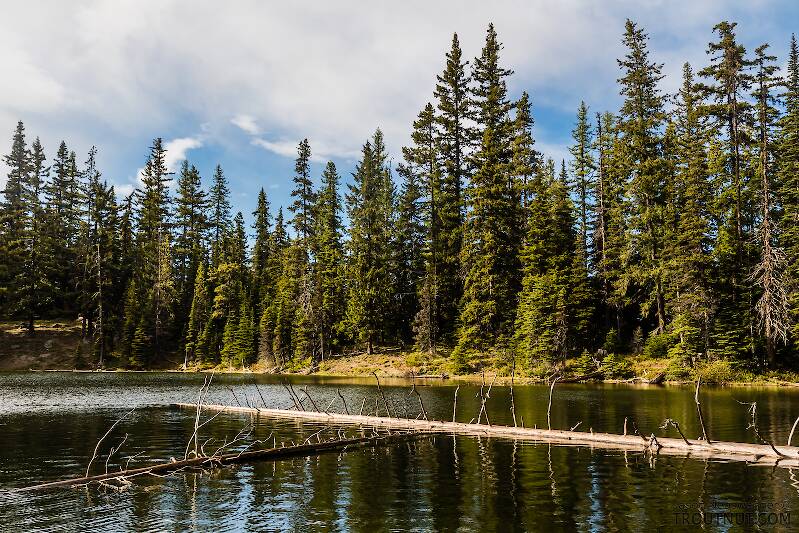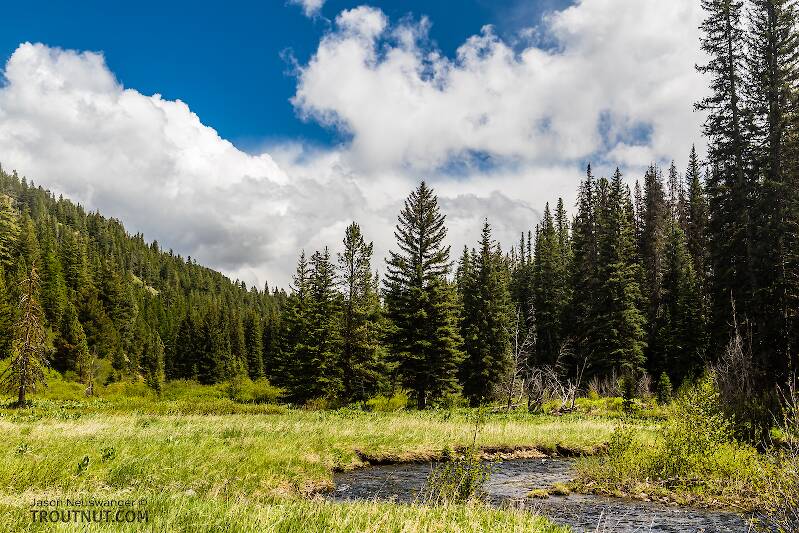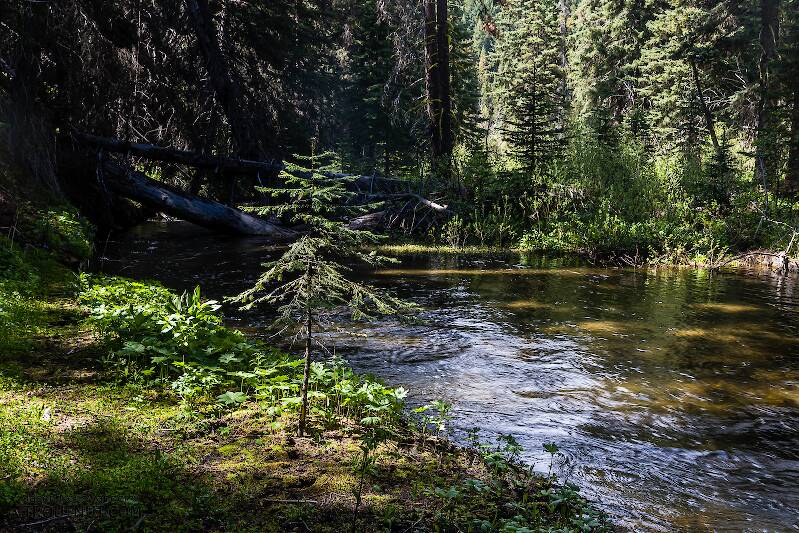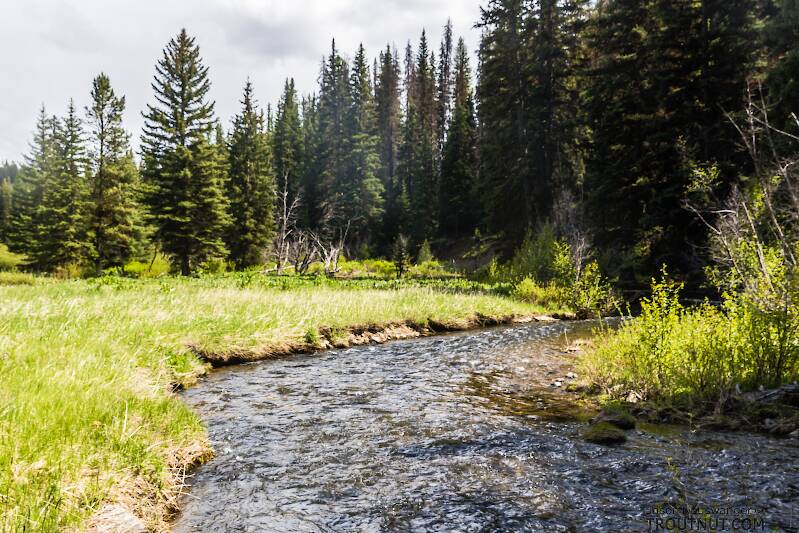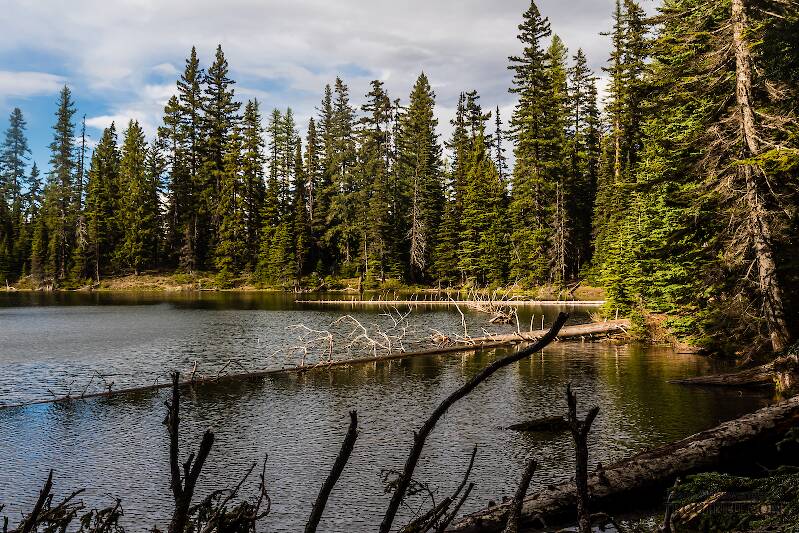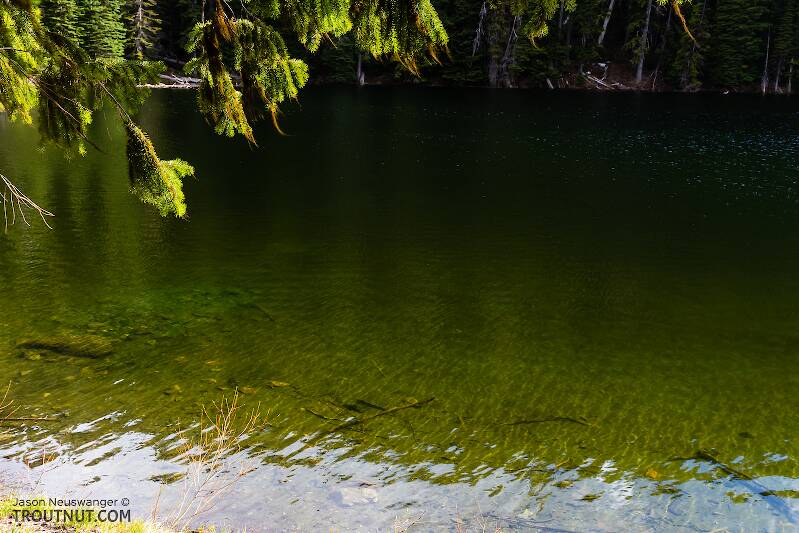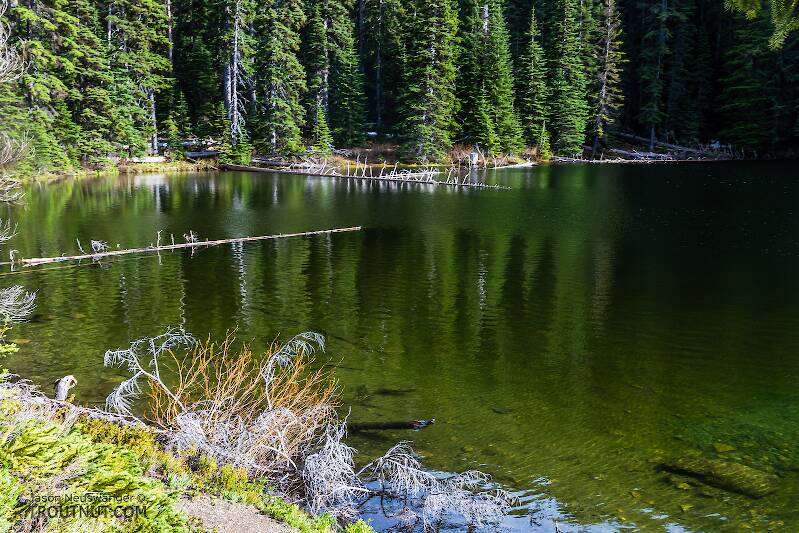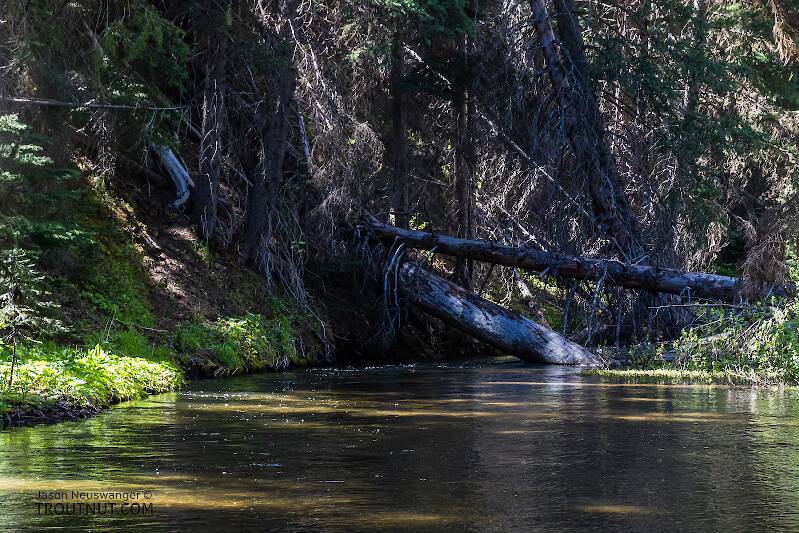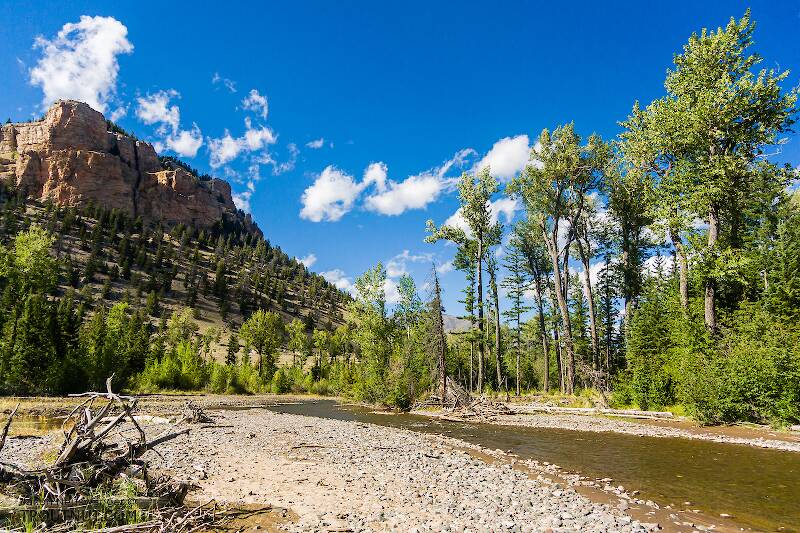
Hex Mayflies
Hexagenia limbata
The famous nocturnal Hex hatch of the Midwest (and a few other lucky locations) stirs to the surface mythically large brown trout that only touch streamers for the rest of the year.
Featured on the forum

Troutnut is a project started in 2003 by salmonid ecologist Jason "Troutnut" Neuswanger to help anglers and
fly tyers unabashedly embrace the entomological side of the sport. Learn more about Troutnut or
support the project for an enhanced experience here.
By Troutnut on June 5th, 2020
Saturday I drove east from the rainy Seattle side of the Cascades to seek sunnier weather and take some friends on their first flyfishing trip. We went to a small stream where I've caught small trout from a meadow with plenty of backcast room, but unfortunately the water up there at 4,400 feet was still high and too cold from runoff. I like to think I could have found a few fish on nymphs on a solo trip with lots of time to kill. However, being focused on teaching, I only fished myself long enough to tell that the fishing wasn't going to be much good yet (i.e., I caught nothing in a few promising spots).
We moved on to a high lake, Taneum Lake, mostly just for the easy, scenic hike. We saw a few cutthroat trout cruising around, but it was not a good lake to flyfish from shore. I had brought my packraft, but nobody else much felt like paddling around on the lake when the wind picked up and snow started to fall. I might have fared better with a spinning rod. The fish did try to hand me one opportunity on a silver platter, but I blew it by failing to have the right setup when opportunity struck. I was rigged up with a heavily-weighted fly and sink-tip line from a deep shoreline when I walked up toward a shallower area and spotted a cruising fish. It paused behind an isolated boulder as if it were trying to give me the perfect opportunity to sneak into a good casting position, so I did. There was no time to change flies, so my heavy dragonfly nymph dropped into the water about 20 feet in front of the fish with a loud "plunk" that sent it darting off into the depths. Whoops.
We moved on to a high lake, Taneum Lake, mostly just for the easy, scenic hike. We saw a few cutthroat trout cruising around, but it was not a good lake to flyfish from shore. I had brought my packraft, but nobody else much felt like paddling around on the lake when the wind picked up and snow started to fall. I might have fared better with a spinning rod. The fish did try to hand me one opportunity on a silver platter, but I blew it by failing to have the right setup when opportunity struck. I was rigged up with a heavily-weighted fly and sink-tip line from a deep shoreline when I walked up toward a shallower area and spotted a cruising fish. It paused behind an isolated boulder as if it were trying to give me the perfect opportunity to sneak into a good casting position, so I did. There was no time to change flies, so my heavy dragonfly nymph dropped into the water about 20 feet in front of the fish with a loud "plunk" that sent it darting off into the depths. Whoops.
Photos by Troutnut from Taneum Lake and the South Fork Manastash Creek in Washington
